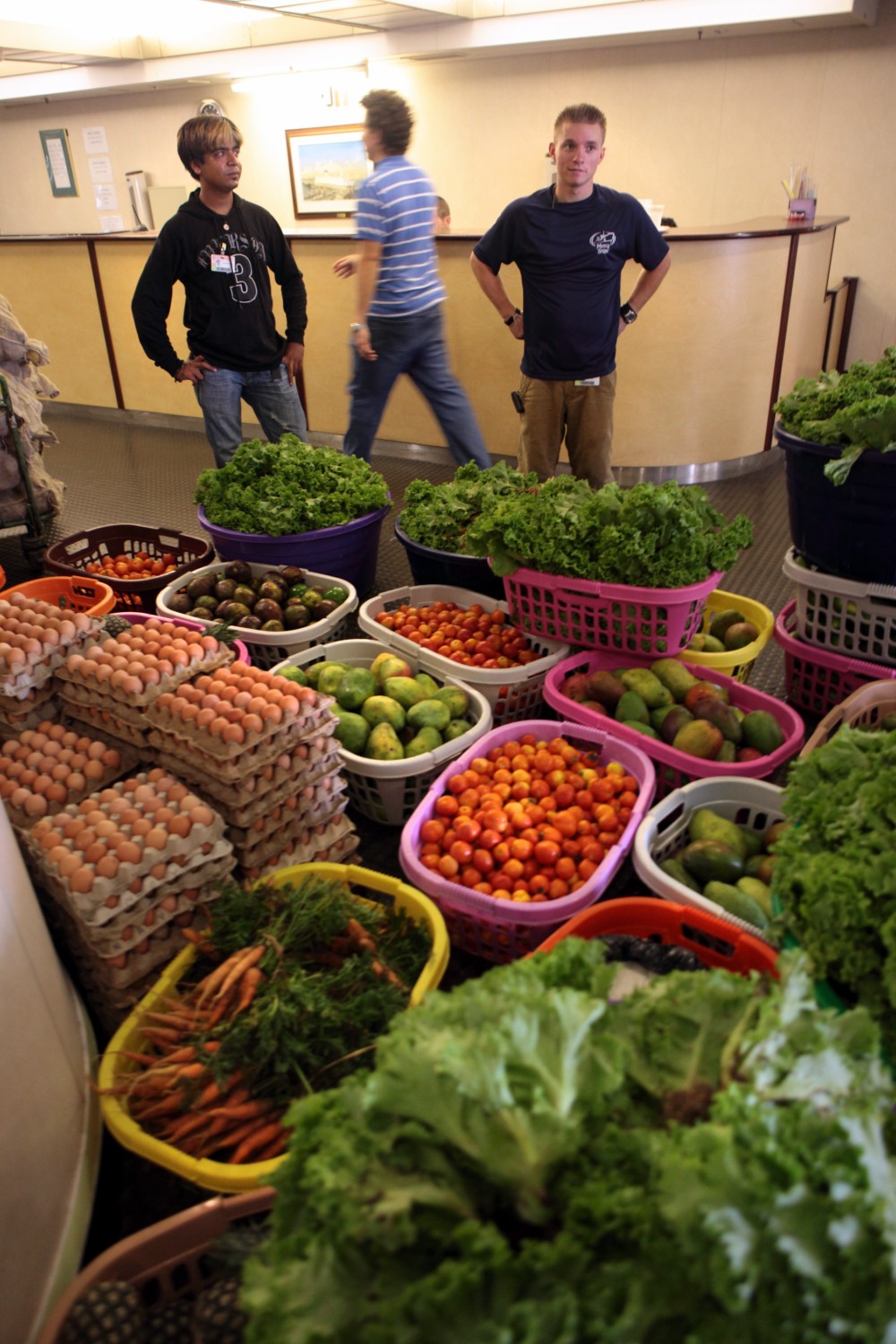A woman of child-bearing age in Benin has a 20% chance of dying from a complicated pregnancy.
Infant mortality as a result of a complicated delivery is among the top 10 causes of death.
Another common outcome of these complicated deliveries is the obstetric fistula (OBF) or Vesico-Vaginal Fistula (VVF).
OBF is an epidemic, but its victims are a nearly invisible population. Many will become a shadow of their former selves; the ever-lingering odor of urine making them undesirable as a wife, an employee, or even sometimes as a member of the community. Most are relegated to small, makeshift dwellings outside their former home, and rely either on the pity of their family, manual labor in open fields (where the smell is less noticeable), or just plain begging. In many places, certainly here in Benin where Vodun is so prevalent, the condition can be seen as a curse for some great wrong the woman must have done. Perhaps the child was conceived through an extra-marital affair, and this is punishment for her adultery. They are forced to watch the world they used to be a part of from the sidelines. Finding them, letting them know there is help, and that that help is free, can be a challenge. We know there are more women out there, but we had to cut our OBF service short as we simply couldn't fill all our slots.
I've said it before but I'll say it again: the change that happens during the weeks these ladies are in our ward is impossible to miss. Healing a fistula is not simply about repairing the physical damage, but also the emotional, psychological, and social wounds.
 |
| Yvette, who had lived with a fistula for over 30 years. |
This week our Women's Health program is winding down, and we will soon be transitioning to general surgery. The last few fistula patients will receive their new dresses this Sunday, and have an opportunity to share their stories. It is a joyous occasion, but my heart breaks thinking of the few patients we were unable to help. The damage may have been too extensive, leaving so much scar tissue that the repair cannot heal. What's left of their urethra and the surrounding muscles may have been too little to ever regain any bladder control. Countless factors are working against a successful repair, and unfortunately about 10-15% of the time the first attempt fails. The failure rate only goes up with subsequent attempts, as there is now more scar tissue to deal with.
I had a patient this week who left us unhealed. I shared some tearful moments with her - both of us wondering what her future holds. It is difficult to be honest sometimes. And difficult not to give someone false hope. We encourage them to continue practicing pelvic floor exercises, which has a small chance to improve their continence, but is no guarantee. There is also a hospital in northern Benin which performs fistula repairs for "a low cost," but again, with repeated attempts, there is a poor chance of success. I know it is impossible to fix everyone, but my prayers are clinging to the sliver of hope that remains for these women. And sometimes hope wins out - one woman whose repair we thought had failed just had her catheter out today and has been dry! The next few days will be telling.
While I carry sorrow for those we couldn't help deep in my heart, the present events call for rejoicing. Every healed woman is getting a brand new start in their life, and our symbolic presentation of a new dress is a momentous celebration that cannot be truly conveyed through pictures or words.
Nonetheless, I'll try.
 |
| Leontine getting her first look at her stylish outfit. |
 |
| Singing their way into the ceremony! |
 |
| Rose thanks her surgeon, Dr. Andy Norman. A man with a Texas drawl and a very big heart. |
 |
| How they get those headwraps to stay on is beyond me. |
 |
| Our B Ward nursing team, along with Dr's Andy and Carron, and our first three "graduates." All smiles! |
Well I'd better go - my laundry slot is coming up. Thank you all who are reading this again for your support from afar. Ivanna (pictured above on the front left) and her husband were saying to me just yesterday, "It's just impossible that this place works at all. Yet it does! It always does." The odds are never in our favour, but there is a bigger force at work that is.
Must go now so I don't miss my laundry slot!
Till next time,
-D














































